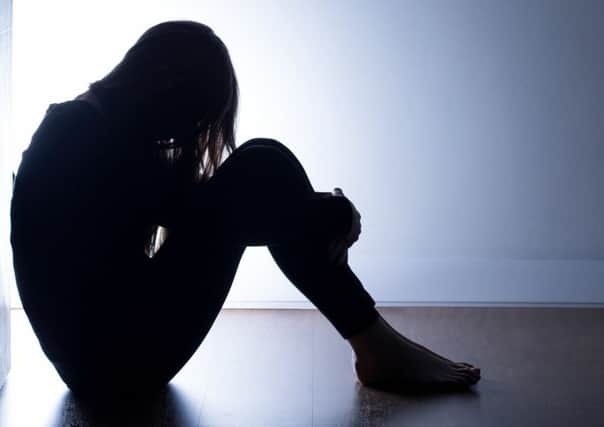Paula Jefferson: Focus turns to insurance as law change empowers child abuse victims


But for victims and survivors of childhood abuse – whether sexual, physical or emotional – the trauma often lingers far beyond the actual event.
The Scottish Child Abuse Inquiry, which is investigating more than 60 organisations including public schools, church bodies and local authority residential care services, has already highlighted disturbing details of non-recent abuse.
Advertisement
Hide AdAdvertisement
Hide AdIts remit, whilst limited to “in-care” abuse, does include a wide range of organisations as well as covering a time period “within living memory of any person who suffered such abuse” up until December 2014, when the inquiry was announced.
While the inquiry will consider what needs to happen to protect children in care from abuse in the future, those sins of the past continue to be significant to survivors of abuse. For the organisations potentially linked to the abuse, learning from the past to ensure protection of children in the future is paramount.
In 2008, almost 1,000 cases, which alleged childhood abuse dating back to the 1960s, did not proceed after a House of Lords decision which strictly applied Scotland’s three-year time bar rule.
The decision devastated claimants and sparked a review of the law. Finally, last Wednesday, the Limitation (Childhood Abuse) (Scotland) Act came into force, bringing an end to the three-year limitation rule for civil compensation claims for abuse (if the abuse occurred after September 1964).
It’s a ground-breaking moment in Scots law and a victory for those campaigners who view the defence of a claim, on the basis that the issues occurred too long ago, as totally inappropriate and unfair.
It does, however, have major ramifications for those organisations that find themselves involved in these cases of non-recent abuse. Nobody is certain how many new or reactivated claims will now be made and the impact those claims will have.
So how will these claims proceed? The onus will remain on the claimant to establish, on the balance of probabilities, that abuse occurred and that there is a causative link between the abuse and the injury, physical and/or psychological. For the defender, it is still possible to challenge the claim on the grounds that they will suffer substantial prejudice if the claim proceeds. It will be for a judge to decide what amounts to substantial prejudice. If a claim does proceed then it is likely to do so by consideration of whether or not the defender organisation should be considered to be vicariously liable for the actions of the abuser.
Previous cases before the House of Lords / Supreme Court have already extended the concept of vicarious liability in claims pursued in England or Wales to include not only direct employees but also those in a position akin to employment (such as volunteers or office holders) and most recently to self-employed contractors. The specific circumstances of each relationship will require careful consideration.
Advertisement
Hide AdAdvertisement
Hide AdIt is expected that the number of claims for compensation related to childhood abuse against local authorities, charities, religious and care organisations, will now rise dramatically.
To prepare for those claims organisations should be identifying their Public and Employer’s Liability insurance policies, fingers crossed that they are sufficiently covered.
Some may well be disappointed: Public Liability Insurance has never been compulsory, while Employer’s Liability only became compulsory from 1972. And where a relevant policy is not forthcoming, the costs of meeting compensation claims and related costs will have to be found from their own often already stretched funds. Organisations and institutions would be well advised to check their archives and brokers sooner, rather than later.
In introducing this legislation, the Scottish Government has acted decisively to attempt to find a way to remove a barrier for victims so as to focus on the provision of damages to those abused in childhood. Only time will tell whether that aim is achieved and crucially whether it does soothe the pain and mend the wounds of those who were abused.
• Paula Jefferson, is Partner at BLM – the UK’s leading insurance and risk law specialist